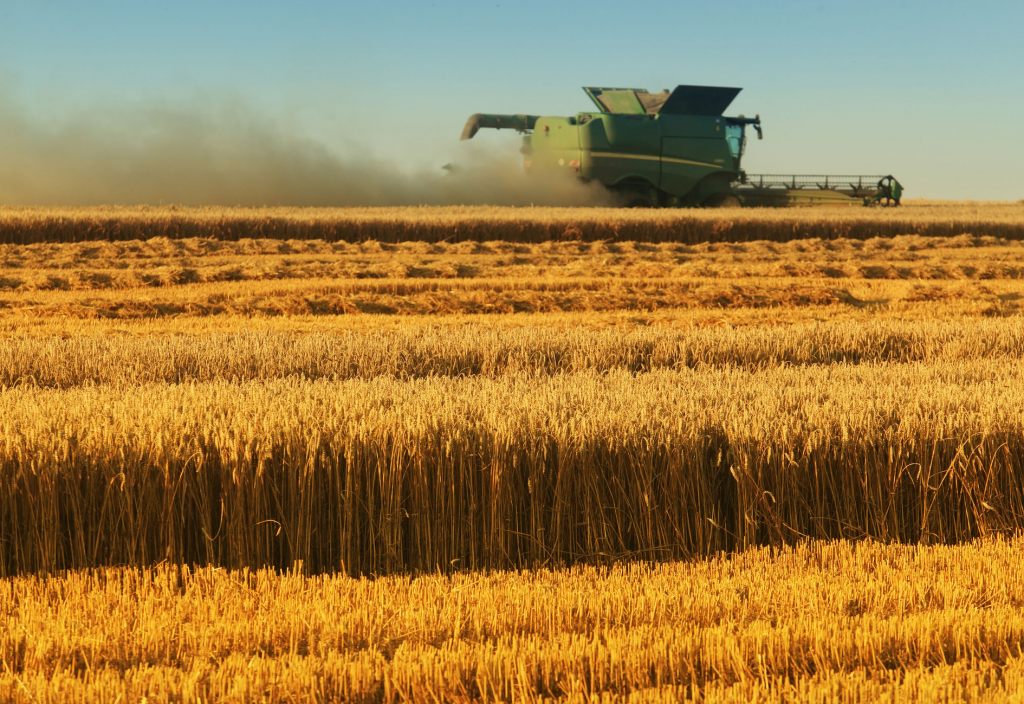Agriculture the ‘cornerstone’ of future prosperity, AFI reports
The Australian Farm Institute has reported staggering growth in the agricultural sector in Australia, but it highlights the necessity for careful management of labour and public infrastructure to consolidate the growth.

The Australian Farm Institute (AFI) has reported staggering growth in the agriculture sector when compared to other key industries.
Last year agricultural output surged by an extraordinary 27.6% following a record harvest in every state. The sector also recorded 10 times its average contribution to the economy in the December quarter, accounting for the half the national growth in 2016.
While agriculture enjoyed a 27% leap, mining grew by just 4.6%, retail struggled and the manufacturing and construction sectors experienced a decline.
“Performances like these have seen political, media and business dialogue once again focused on the agribusiness sector - with the belief that the industry will be one of the drivers of Australia’s future prosperity,” writes Tim Burrow, Agribusiness Australia CEO, in the 2017 Autumn edition of the AFI Journal.
“Many investors that may not normally have looked towards the sector now see it as a viable proposition. Local superannuation and investment groups have been prodded into action by increasing overseas investment activity in Australian farm sector ventures.
“There can be no argument: agribusiness will continue to be one of Australia’s key economic drivers… food and fibre produced in one of the best environments on earth will always be in demand.”
Mr Burrow emphasised the importance of finding solutions to barriers that have the potential to limit future growth in agriculture. He explained that changing negative perceptions to rural employment and lifestyle would be a key factor in improving labour attraction and retention, as well as promoting agriculture as a career choice. Changing perception is also crucial to attracting government investment in transport infrastructure, health and education facilities, which in turn attracts families and workers to rural areas. Increased investment and labour forces could also lead to increased rates of modernisation and technology adoption across the sector.
“The issue of labour shortages in rural Australia is part of a wider issue incorporating such concerns as agriculture’s image, the lack of knowledge and understanding of the agriculture sector and the poor uptake of agricultural careers,” Mr Burrow explained.
in Latest News
Share this post
Posts this year
- October 2024 (1)
- September 2024 (1)
- August 2024 (1)
- November 2023 (1)
- June 2023 (1)
- February 2023 (2)
- November 2022 (1)
- October 2022 (1)
- July 2022 (2)
- June 2022 (1)
Archived Posts
- Posts in 2023
- Posts in 2022
- Posts in 2021
- Posts in 2020
- Posts in 2019
- Posts in 2018
- Posts in 2017
- Posts in 2016